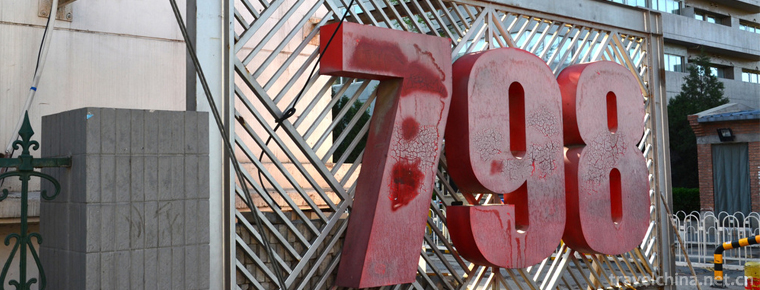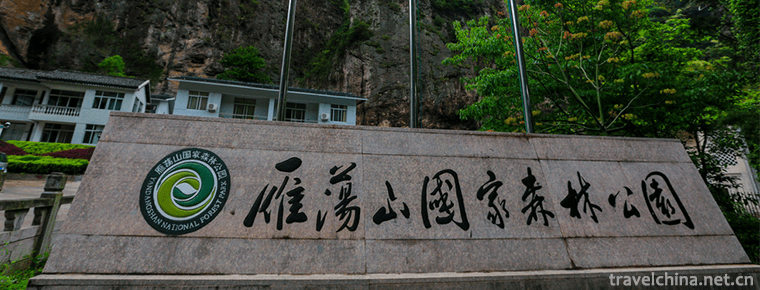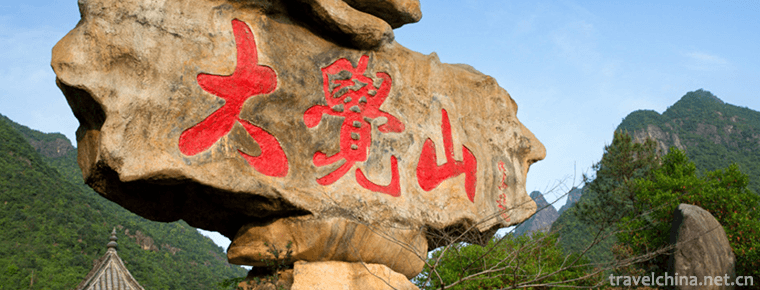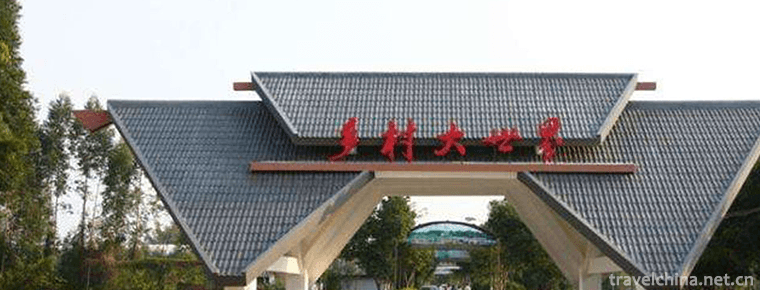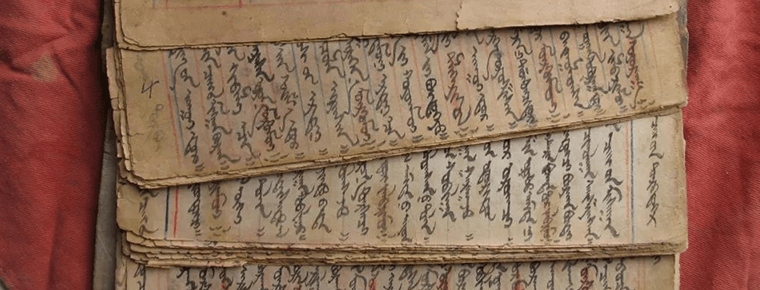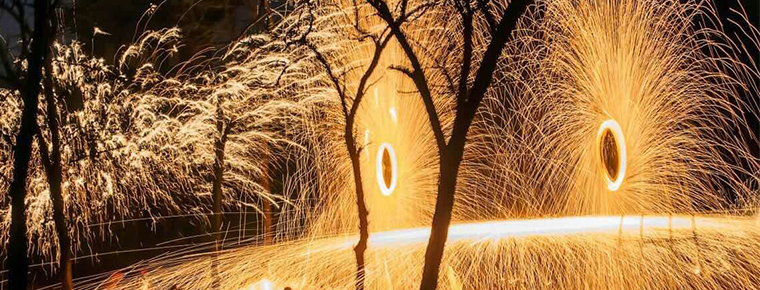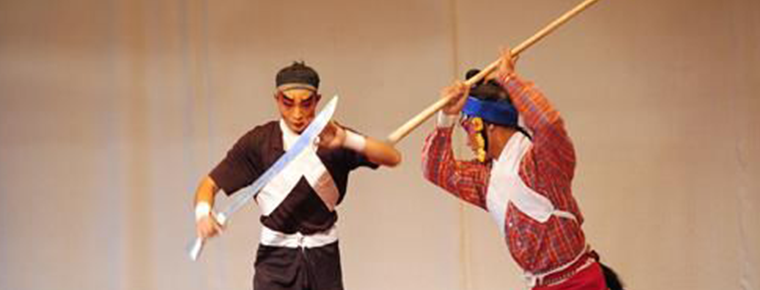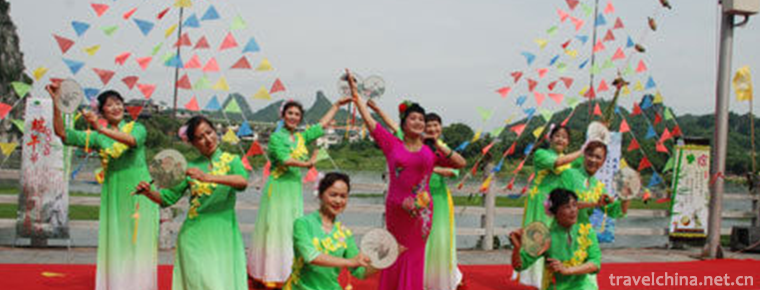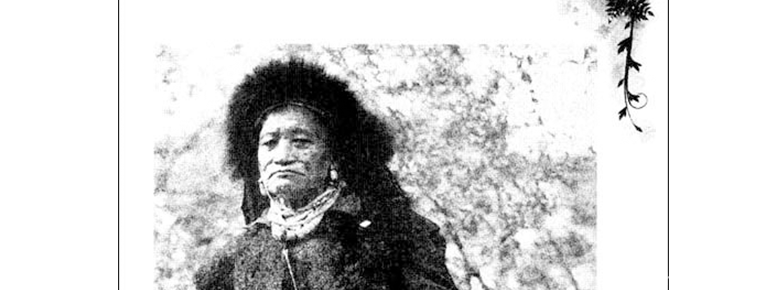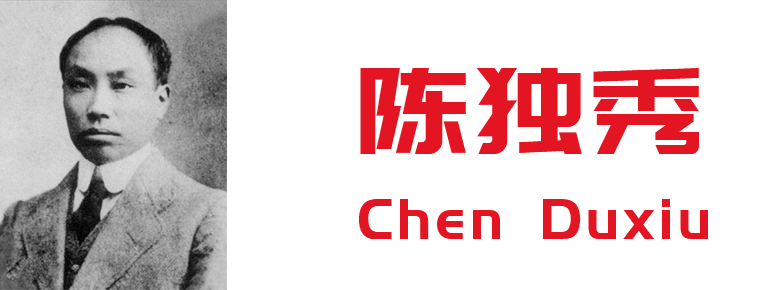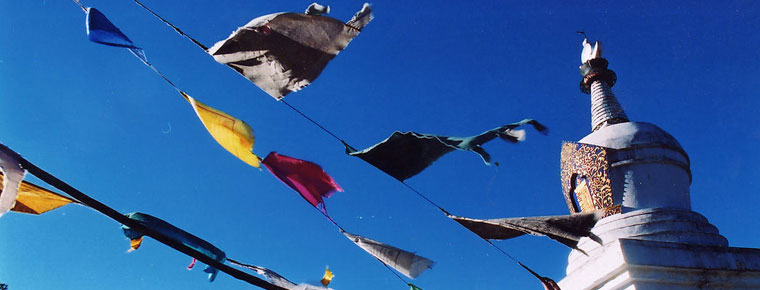Kazakhstan Jing nationality Ha festival
Kazakhstan Jing nationality Ha festival
Kazakhstan Festival, also known as "Singing Kazakhstan Festival", the so-called "Kazakhstan" or "Singing Kazakhstan" means singing. It is a traditional festival of the Jing nationality and one of the national intangible cultural heritages.
Kazakhstan Festival is mainly popular in the residential areas of the Jing nationality in Guangxi. The dates of Kazakhstan Festival vary from place to place. Wanwei and Wutou islands are on the tenth day of June, Shanxin islands are on the tenth day of August, and some villages on the coast are on the 25th day of the first month. Although the dates vary, the forms and contents of festivals are basically the same. Kazakhstan Festival is the most solemn festival of the Jing nationality, also known as "Singing Kazakhstan Festival". "Kazakhstan" is a transliteration of Beijing dialect, which contains the meaning of "song". The festivals of Kazakhstan are different from place to place, either on the tenth day of June, on the tenth day of August, or on the fifteenth day of the first month of the lunar calendar. Everywhere there is a special building for Kazakhstan Festival activities - Harting. The Kazakhstan Festival of the Jing nationality consists of ancestor worship, local drinking, social intercourse and entertainment.
On May 20, 2006, the Kazakhstan Festival declared by Dongxing City, Guangxi Zhuang Autonomous Region, was approved by the State Council and listed in the first batch of national intangible cultural heritage list (category: folklore; number: _-7).
historical origin
There are many folklores about the historical origin of Kazakhstan Festival, among which there are representative legends: in ancient times, a song fairy came to the three islands of the Jing nationality to mobilize the masses to resist the feudal oppression in the name of passing songs. Her singing touched many people. In order to commemorate her, later generations established the "Harting" and regularly sang songs in Harting, gradually becoming a festival custom. Harting in each village is the center of festival activities.
Another said that four or five hundred years ago, there was a huge centipede spirit under Bailong Ridge on the coast of Beibu Gulf. It eats human beings. Every ship passing by in the sea from now on must be given a living person to eat it, otherwise it will overturn, causing people's wives to be separated and restless. Once a God knew it, he came here to wipe out harm for the people. When the centipede came to the entrance of Jingdong, the immortal stuffed the hot pumpkin into the centipede's mouth, and the centipede swallowed the big pumpkin. The centipede swallowed the big pumpkin, burned it, and the corpse was cut off three times, and then drifted along with the waves to become ten thousand tails, Wushan, Shanxin "three islands of the Jing nationality", and the residents nearby could live and work in peace and contentment. So the Jing people worship the immortals as "the great king of Zhenhai". They set up temples to offer sacrifices to him. Every year they go to the seaside to welcome the "great king of Zhenhai" to enjoy sacrifices, which becomes the annual Hakka Festival.
Distribution range
The Jing people mainly live on Wanwei, Wutou and Shanxin islands in Dongxing City, Guangxi Zhuang Autonomous Region. They are located in the southwest part of the coastline of the mainland of China and are across the sea from Vietnam.
Inheritance and protection
Inheritance value
Kazakhstan Festival is the only national traditional festival of the Jing nationality. Every year, Chongqing is celebrated with the main contents of sacrificing gods, reuning villagers and communicating and entertaining. After nearly 500 years of development and evolution, the Kazakh Festival of the Jing Nationality is a concentrated reflection of the traditional culture of the Jing Nationality. Through understanding the whole process of greeting, offering sacrifices to gods, singing, drinking and delivering gods on the Ha Festival of the Jing nationality, we can understand that the Ha Festival is the accumulation of marine culture.
The dancing forms of the Jing nationality are relatively few, mainly concentrated in the sacrificial rites of the Hakka Festival. The dance in Kazakhstan Festival is a representative traditional dance of the Jing nationality. With its unique form, rich connotation and primitive style, Kazakhstan Festival dance vividly demonstrates the long history, unique living customs, stable psychological state and colorful cultural style of the Jing nationality. Kazakhstan Festival dance embodies the essence of the national culture of the Jing nationality. Its dance style is the concentrated reflection of many cultural phenomena formed in the long history of the Jing nationality.
protective measures
On May 20, 2006, it was published as the first national intangible cultural heritage list by the State Council. In December 2010, Fangchenggang was selected as the first group of municipal intangible cultural heritage projects.
In 2009, the Beijing Ha Festival and the Beijing Zinan Cultural Heritage Research Center were officially launched in Fangchenggang City, Guangxi on 29 th. The main task of the research center is to protect and inherit the national intangible cultural heritage - the Ha Festival of the Jing Nationality and the Zinan Culture of the Jing Nationality.
social influence
As a unique minority in Guangxi, the Jing nationality has its own unique national culture. The cultural characteristics of the Jing nationality are mainly embodied in its folk rituals. As the most important festival of the Jing nationality, Kazakhstan Festival embodies the Jing culture including belief, belief, spirit and emotion, as well as the music and dance art of the Jing nationality. The Hakka Festival of the Jing Nationality lasts for several days, and its ceremonies are different and specific, with exquisite forms and grand scenes. It fully expresses the emotional characteristics and fate of the Jing people. In addition, Vietnamese Vietnamese also have some people to attend (Vietnamese Vietnamese held Kazakhstan Festival, some of the Jing people were invited to attend).


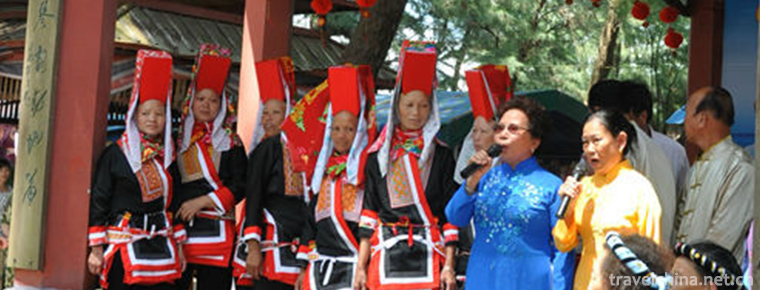
-
798 Art Area
Da Shan Zi area, Jiuxianqiao street, Chaoyang District, Beijing, China.
Views: 860 Time 2018-10-12 -
Yandang Mountain Scenic Spot
Yandang Mountain, the first batch of national key scenic spots, has the titles of "Sanitary Mountain, Safe Mountain, Civilized Mountain", National Civilized Scenic Spot, National AAAAA Touri.
Views: 190 Time 2018-12-07 -
Dajueshan Scenic AreaZixi County Fuzhou City
Dajueshan is located in Zixi County, Fuzhou City, Jiangxi Province. Dajueshan is rich in wildlife resources and widely distributed. It is praised by experts as "Natural Oxygen Bar, a rare gene ba.
Views: 250 Time 2018-12-08 -
Nanning Rural World
Nanning Rural World is a large-scale eco-leisure resort built by Nanning Weining Eco-Park Co., Ltd. alone. It is a national AAAA tourist attraction with good ecological environment and high negative o.
Views: 128 Time 2018-12-27 -
Zhuquan Village Tourist Resort
Zhuquan Village Resort is located in the north of Yinan County, Shandong Province, 12 kilometers away from the county. It was called Quanshangzhuang in Yuan and Ming Dynasties and was renamed Zhuquan .
Views: 159 Time 2019-03-21 -
Chagan Sulide Festival
Sulide, in Mongolian, has the meaning of auspiciousness, loftiness, harmony, unity and harmony. The sacrifice of Chagan Sulide is the natural worship of the universe of heaven and earth gradually form.
Views: 99 Time 2019-04-15 -
Iron flower
Tiehua is a kind of fireworks which spread in the folk traditions of Henan and Jin Dynasties. It has a long history which can be traced back to the Spring and Autumn Period and the Warring States Peri.
Views: 216 Time 2019-04-23 -
Da Xian Opera
Daxian opera is a local traditional drama in Huaxian and Puyang counties of Henan Province, and one of the intangible cultural heritage at the national level. The singing music of Daxian opera belongs.
Views: 197 Time 2019-04-23 -
Guangxi Wenchang
Wenchang in Guangxi is short for Wenchang, also known as Wenjuzi and Xiaoqu. It is the traditional Solfeggio art popular in the northern Guangxi Mandarin area, especially in Guilin.
Views: 106 Time 2019-05-01 -
Legend of the Ancestors of the Loba Nationality
The legend of the ancestors of the Loba nationality is an organic part of the life of the Loba people, a mirror of the Loba society and a way of existence of the folk life of the Loba people..
Views: 101 Time 2019-05-15 -
Chen Duxiu May Fourth leader
Chen Duxiu (October 9, 1879 -1942 May 27th), formerly known as "Qing Tong", the official name is "Sheng Sheng", "Zhong Fu", "Shi Shi". Anhui Huaining (now Anqin.
Views: 130 Time 2019-09-07 -
Paoma mountain Paoma Hill
Paoma mountain is located in the south of Kangding City, Ganzi Tibetan Autonomous Prefecture, Sichuan Province. It is the extension of Gongga mountain to the north. It is the core area of the "two-hour tourism economic circle around Gongga" and a national .
Views: 109 Time 2020-12-06
